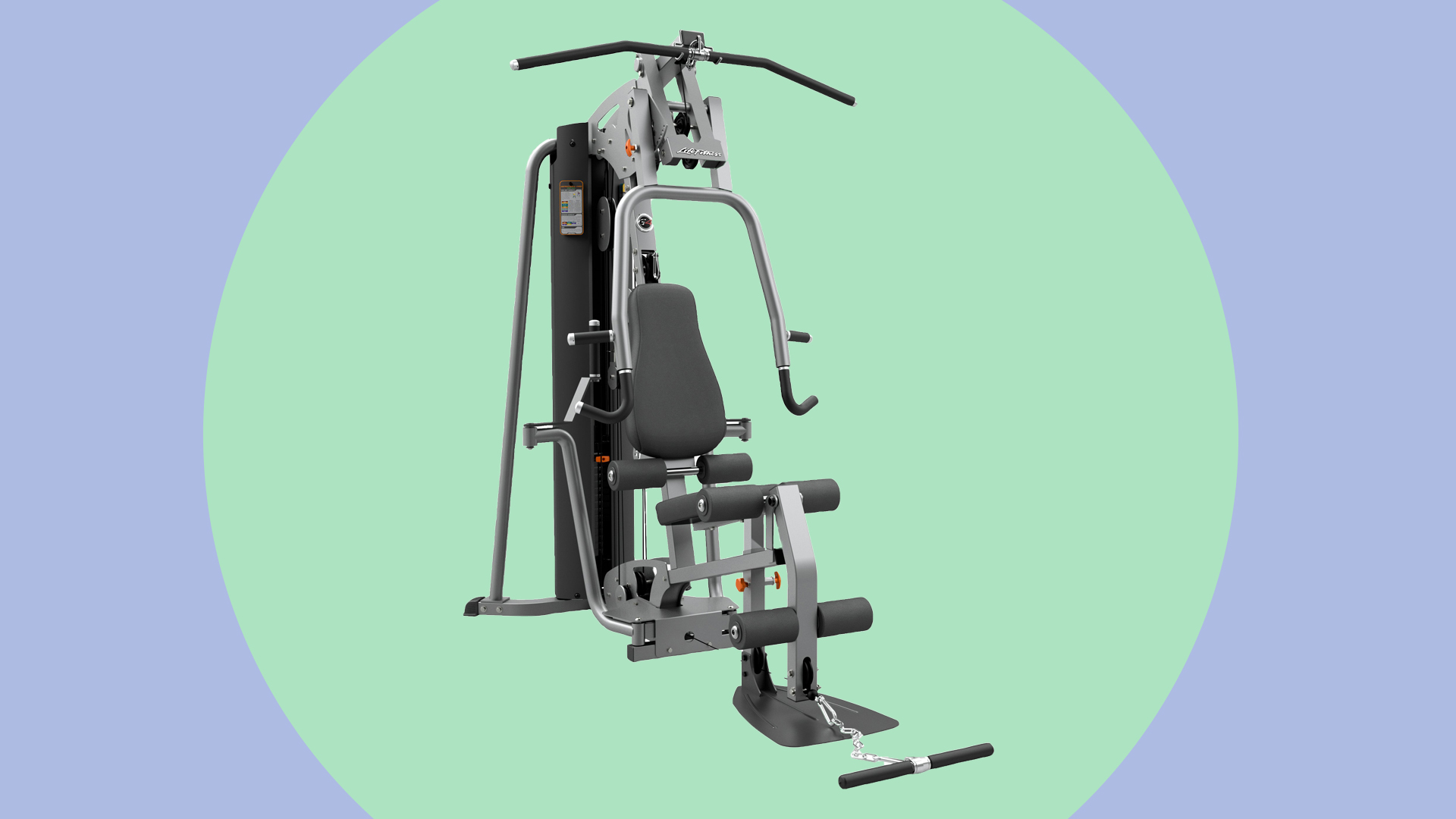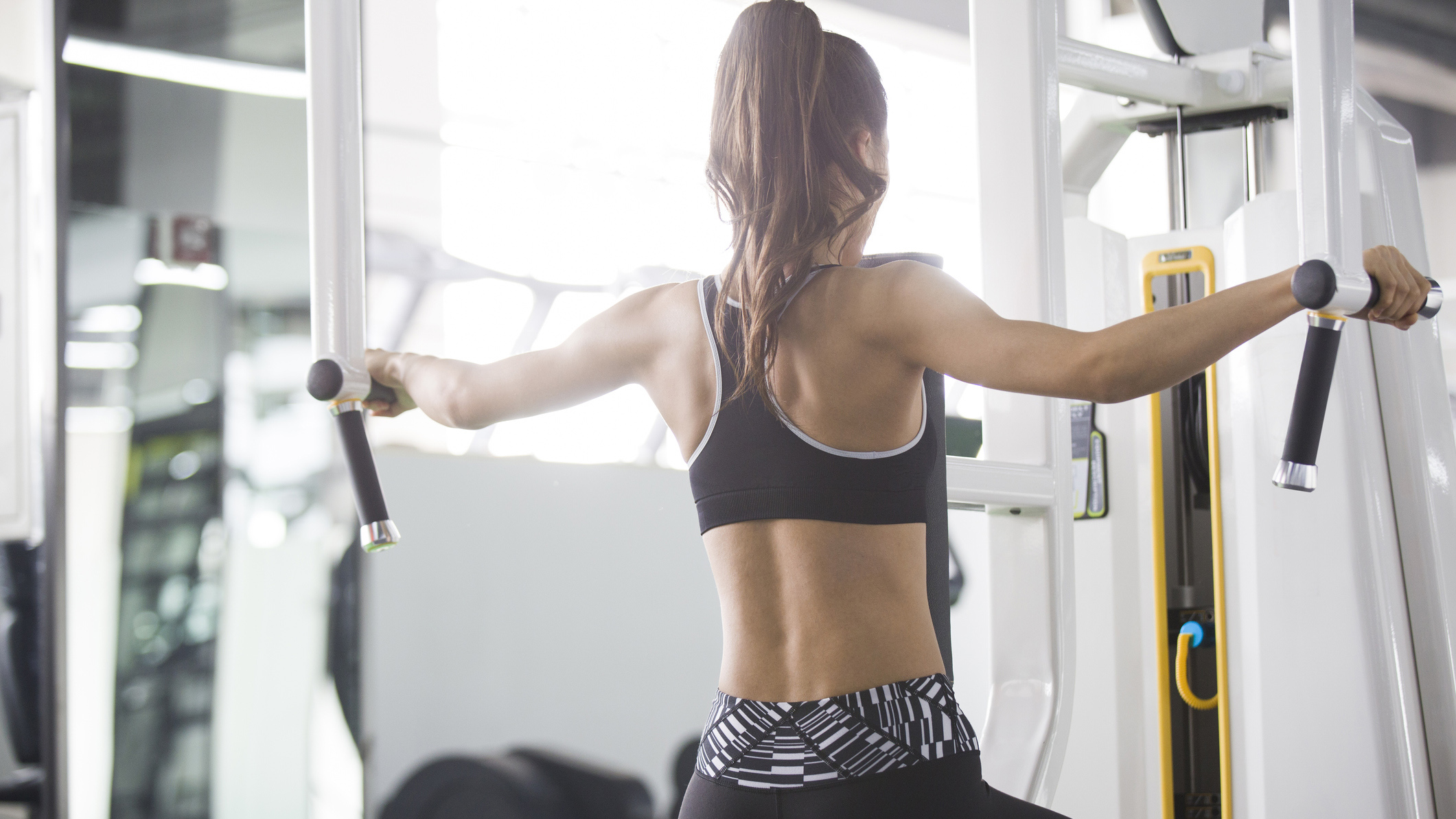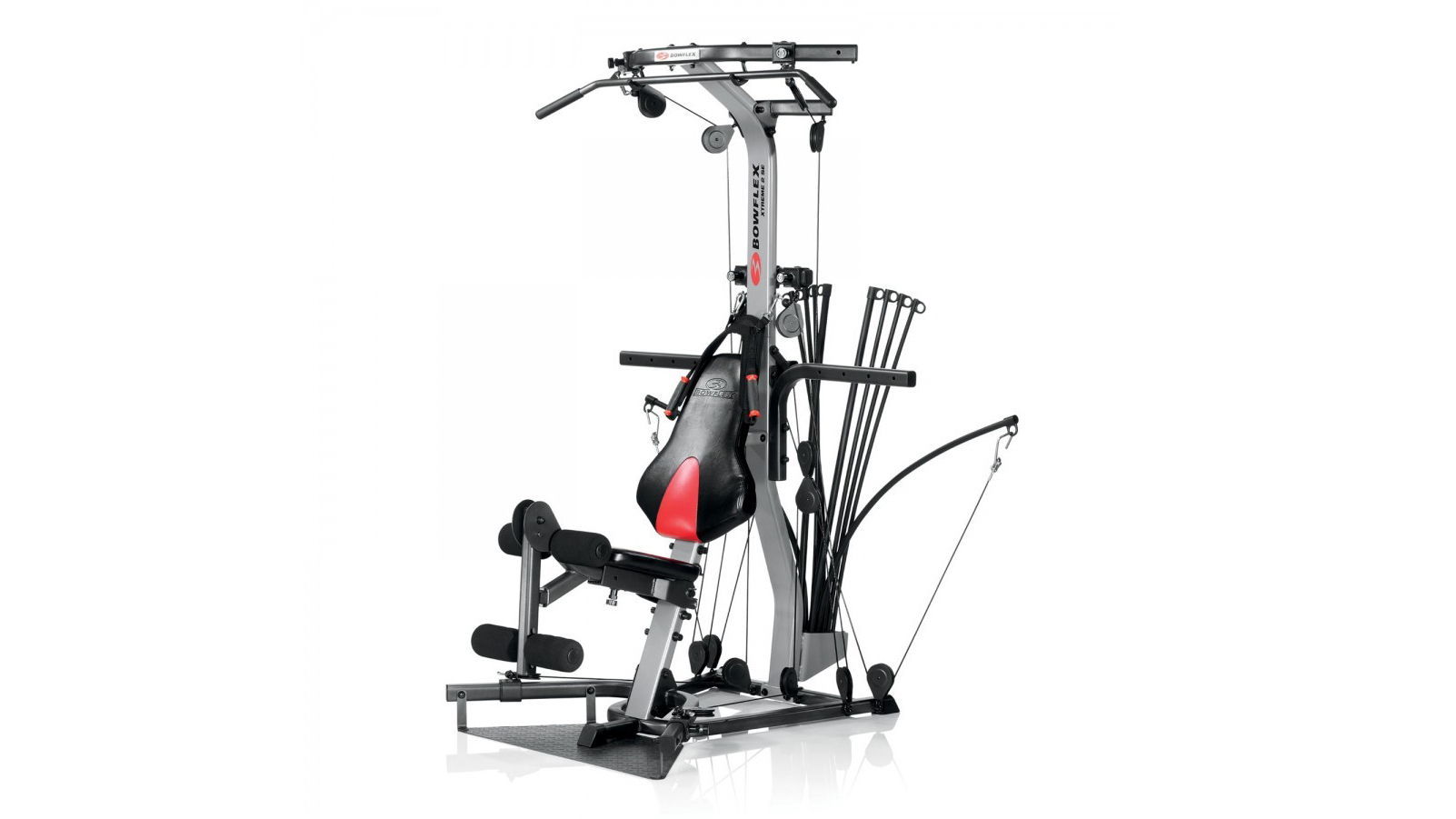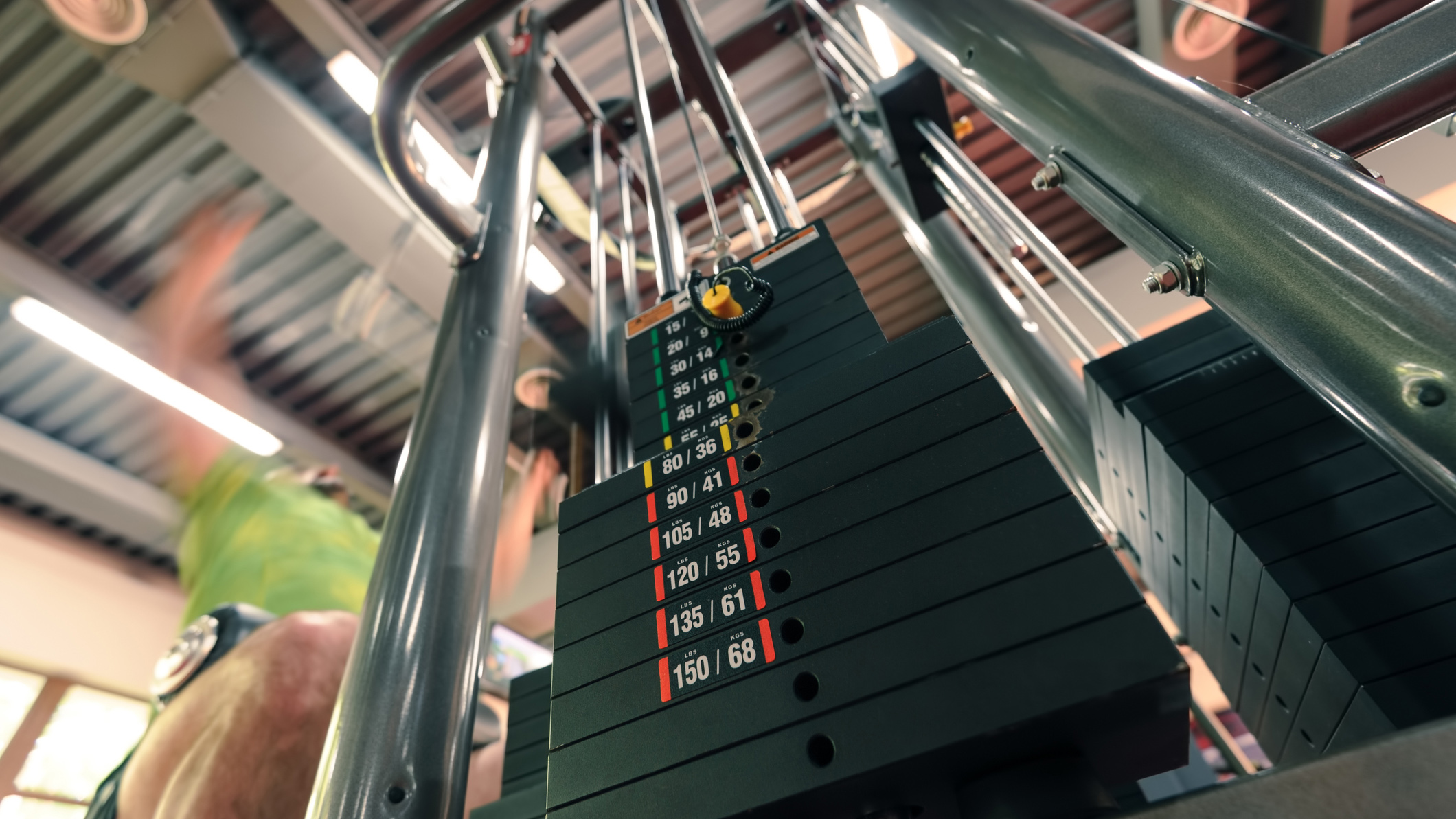7 things to consider before buying a new multi gym for home
Planning on getting a new multi gym? Here are the 7 things you might want to consider before departing your money


Fancy buying a new home gym? The best multi gyms can be very expensive, and if you haven't got thousands of dollars/pounds to spend, you will have to make some compromises. There are quite a few things and options to consider before you depart your hard-earned cash on these (not so) compact home gyms. For example, have you considered a warranty? Or delivery? How about the level of customer service the company has to offer?
Get the right home gym equipment for you by considering these seven things before you buy a multi gym.
1. Price
Probably the most important factor to consider when buying a new multi gym is its price. Multi gyms are not cheap in general, but there is still a huge difference in price between an entry-level Opti multi gym from Argos and a high-end Life Fitness G4 Home Gym.
We can use common sense here and assume that any multi-gyms near the lower end of the price scale are pretty terrible quality. $600/£500 machines might look cheap compared to top-tier models (they are), but they are also inferior in quality and won't last long. The cabling on these multi gyms is horrible, not to mention the soldering: not only they will fall apart after a few uses.
You should consider spending at least around $1,000/£1,000 on a basic home gym, by which we mean a unit that doesn't have all the extensions in the world included (more on this later). If you fancy getting one of those two-sided commercial cable machines you see in gyms, you will have to shell out around $3,000/£3,000, at least.
2. Delivery and returns
This probably goes without saying, but multi-gyms are relatively large, especially compared to a pair of adjustable dumbbells. And while you can carry the latter in a box up three flights of stairs to your flat, the former might pose some logistics issues, especially if you haven't got anyone to help you.
Ideally, you not only want to order your new multi gym from a retailer/manufacturer that offers delivery, but one that offers two-man delivery of the product. Otherwise, you might end up with a home gym dropped off at your doorstep and having to move it into your abode.
Get all the latest news, reviews, deals and buying guides on gorgeous tech, home and active products from the T3 experts
Make sure you also read the return policy of the company: re-selling a multi gym is almost impossible for a good price, especially because of the bulkiness of the machine. Once it's out of the box and assembled, it might be challenging to take the multi gym apart and cram the parts back in the box, not to mention delivering it to potential buyers.

3. Warranty
Multi gyms have lots of moving parts: pulleys, weights, adjustable seats etc. And moving parts break easier than non-moving parts. You can buy a sturdy flat weight bench and never have to worry about it for the rest of your life, but if you get a multi gym (and use it frequently), eventually, something will break on it. This is especially true if you get a cheap model.
To avoid any disappointment, check the manufacturer's warranty and see if the retailer (if different) has a different policy. Oftentimes, you'll buy a multi gym from a retailer, but the warranty is handled by the manufacturer. And while the retailer is based in your country, the people who handle the warranty might not be. You really wouldn't want to sort a missing part issue out at 2 am in the morning because that's when the company's customer service opens.
4. Customer service
Talking about customer service: it might sound like an afterthought, but when needed, it can be infuriating, having to deal with an unhelpful customer service rep. Check the reviews and comments online about their performance, although do keep in mind that people are less likely to leave a positive review, even if they are happy with the service than to leave a negative review if they encounter the slightest inconvenience.
The best idea is to read through the most recent reviews (all of them, not just the negative ones) and see if a pattern emerges. Quite a few might say they pick the phone up quickly while others might mention that although the replacement parts were issued straight away, they took forever to arrive. If you are happy to go the extra mile, you can even give them a call yourself and chat with a sales person in the team. Who knows, you might end up getting a discount for your efforts...

5. Materials and technology used
Most multi-gyms have a solid metal frame and use a pulley system with a weight stack handle on one end and a weight stack on the other. That said, make sure you read through the specification sheet carefully and check the deets about all the parts, not just the main ones.
We recommend checking the small print and especially parts like the chain/cable, extensions, pulleys and soldering. The latter can be seen in high-resolution photos on websites or in person if you can visit a shop in your area.
As for technology, as well as the classic pulley/weight stack setup, you can find multi gyms that use a system to apply resistance, notably the Bowflex Xtreme 2 SE Home Gym, which uses a quieter Power Rod system. This might be a better option when the multi gym is placed in a multiple occupancy households.
Talking about the Bowflex Xtreme 2 SE: we compared it with another silent multi gym to see which is best; you can read all about it here: Bowflex Xtreme 2 SE vs NordicTrack Fusion CST.
6. Extensions
Multi gyms might look similar to the untrained eye, but as a matter of fact, they can be very different from each other. You will be able to perform more exercises with a home gym that has an integrated leg press than one without, for example. Some come with a preacher pad, others with a leg extension unit. Most multi-gyms include a high pulley with a wide bar for lat pull downs, but if there is a cable or triangle handle attachment in the box, too, you can perform even more exercises on that high pulley, not just lat pull downs.

7. Weight stack
Finally, you might want to check the weight stack as it might pose a limitation later on. A 160 lbs/70 kg weight stack is standard, but in some cases, you can buy more plates to add to the weight stack. For example, the aforementioned Bowflex home gym has a maximum resistance of 210 lbs/95 kg, while the double-sided cable machines have two weight stacks, a total of 320 lbs/140 kg resistance.

Matt Kollat is a journalist and content creator who works for T3.com and its magazine counterpart as an Active Editor. His areas of expertise include wearables, drones, fitness equipment, nutrition and outdoor gear. He joined T3 in 2019. His byline appears in several publications, including Techradar and Fit&Well, and more. Matt also collaborated with other content creators (e.g. Garage Gym Reviews) and judged many awards, such as the European Specialist Sports Nutrition Alliance's ESSNawards. When he isn't working out, running or cycling, you'll find him roaming the countryside and trying out new podcasting and content creation equipment.